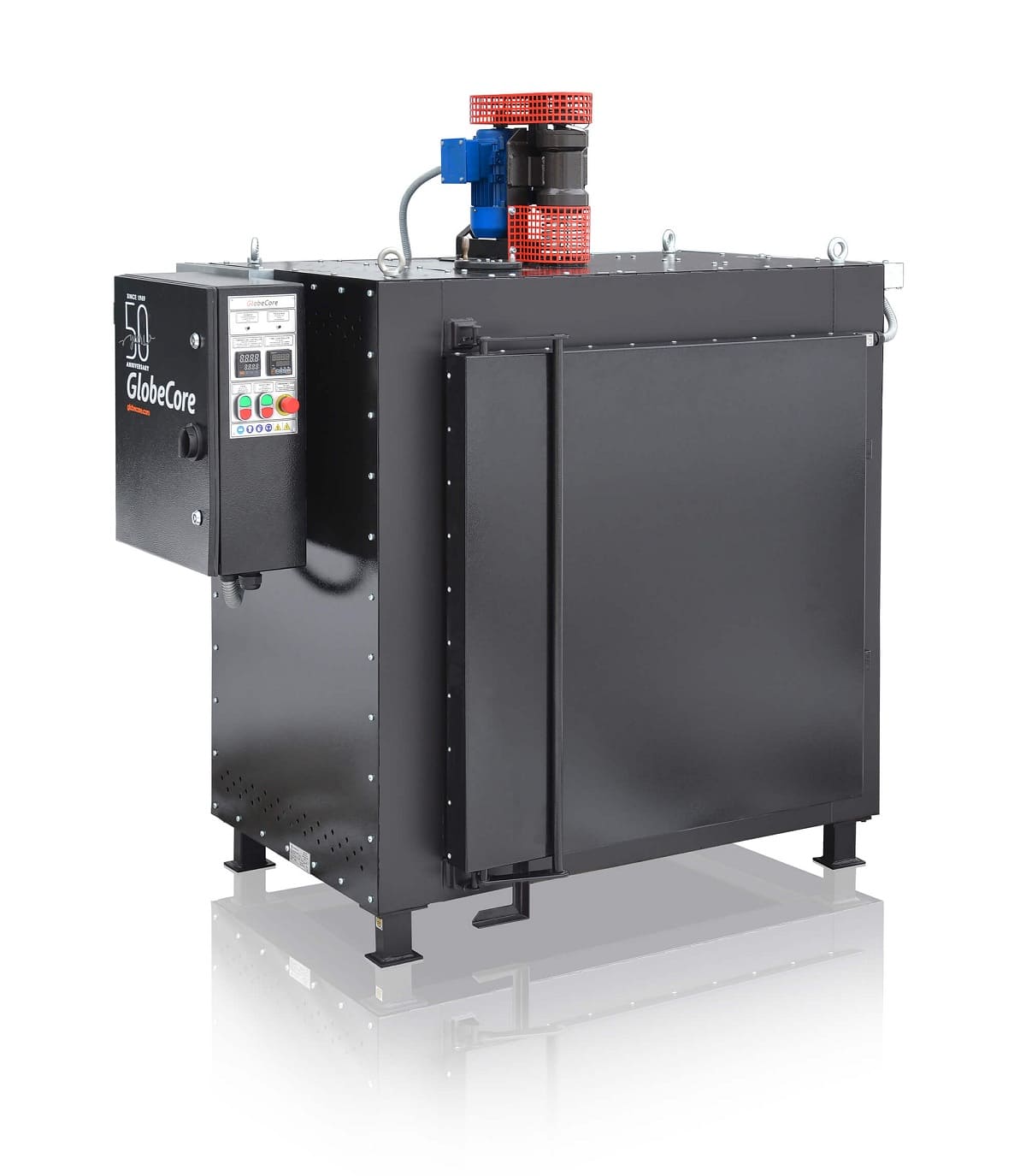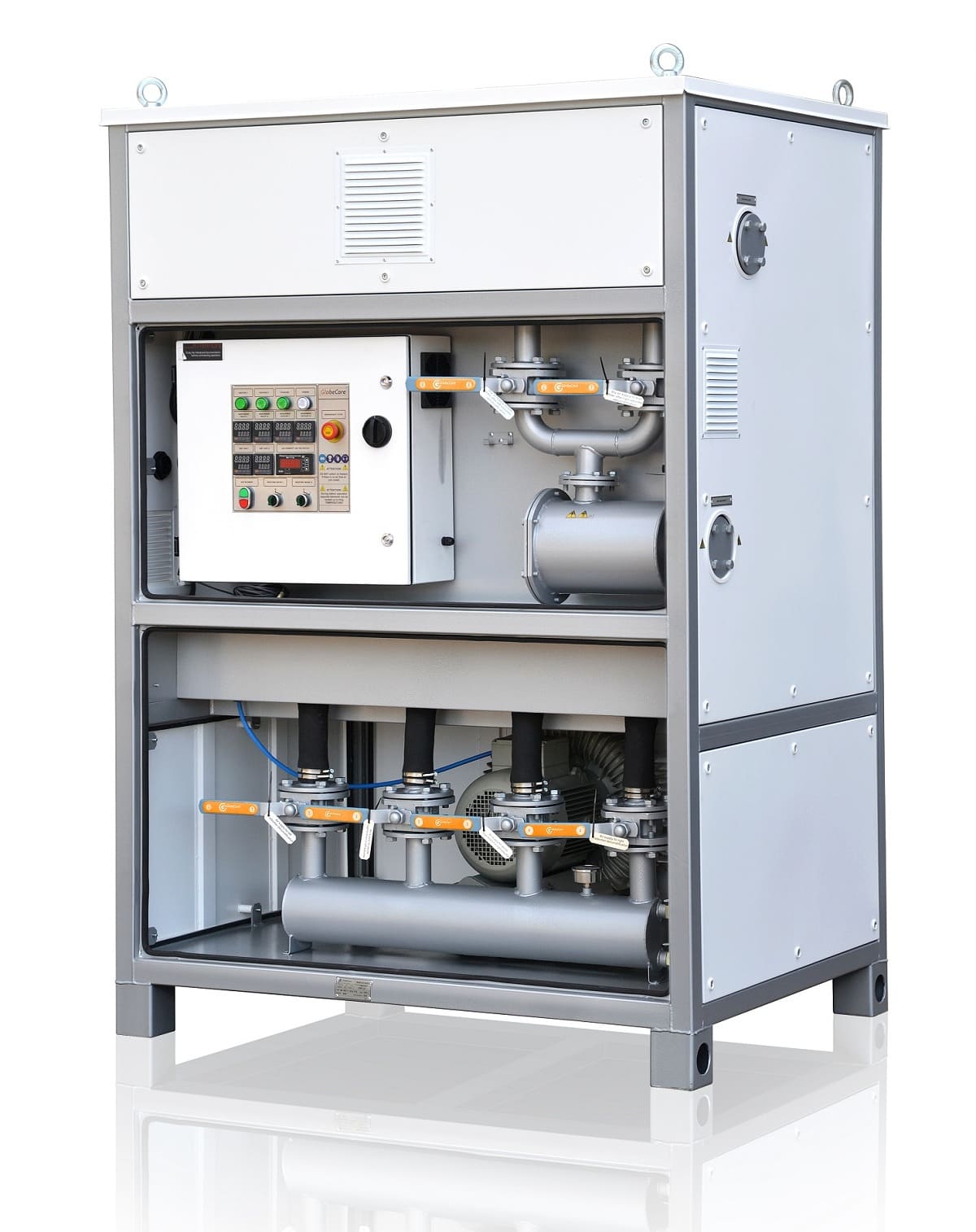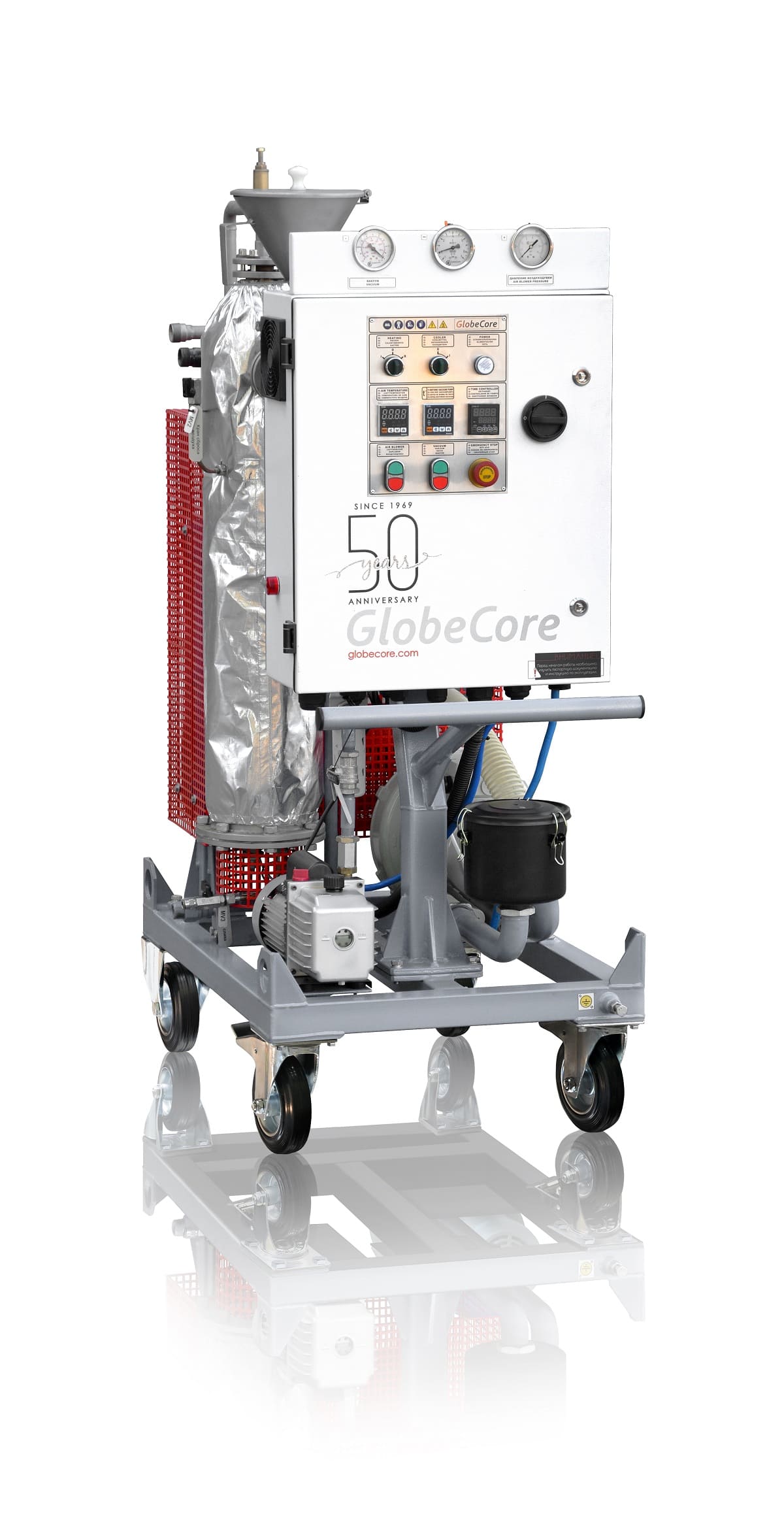How can the Effectiveness of an Air Drying System be evaluated and optimized for transformer drying?
- 该话题包含 1个回复,2 人参与,最后由 更新于 1年、 2月前 。
Answers
-
十月 7, 2024 10:18 上午 by Christopher Mcdaniel
Evaluating and optimizing the effectiveness of an Air Drying System for transformer drying involves several key steps. Effectiveness Evaluation begins with regular monitoring of moisture content in transformer oil using techniques like Karl Fischer titration or Dissolved Gas Analysis (DGA). Assessing Dielectric Strength ensures that moisture removal has preserved the oil’s insulating properties. Temperature and Humidity Logs help verify that drying parameters are consistently maintained. Flow Rate Measurements ensure adequate air circulation for efficient moisture extraction. To Optimize the system, adjust airflow rates and temperature settings based on real-time sensor data to enhance drying efficiency. Implement Preventive Maintenance to keep filters and heating elements clean and functional, preventing performance degradation. Energy Efficiency Audits can identify areas where energy usage can be reduced without compromising drying effectiveness. Additionally, incorporating Automated Controls can fine-tune drying processes dynamically, ensuring optimal conditions are maintained continuously. Regularly reviewing and adjusting these factors ensures that the Air Drying System operates at peak efficiency, effectively drying transformer oil and extending transformer lifespan.



